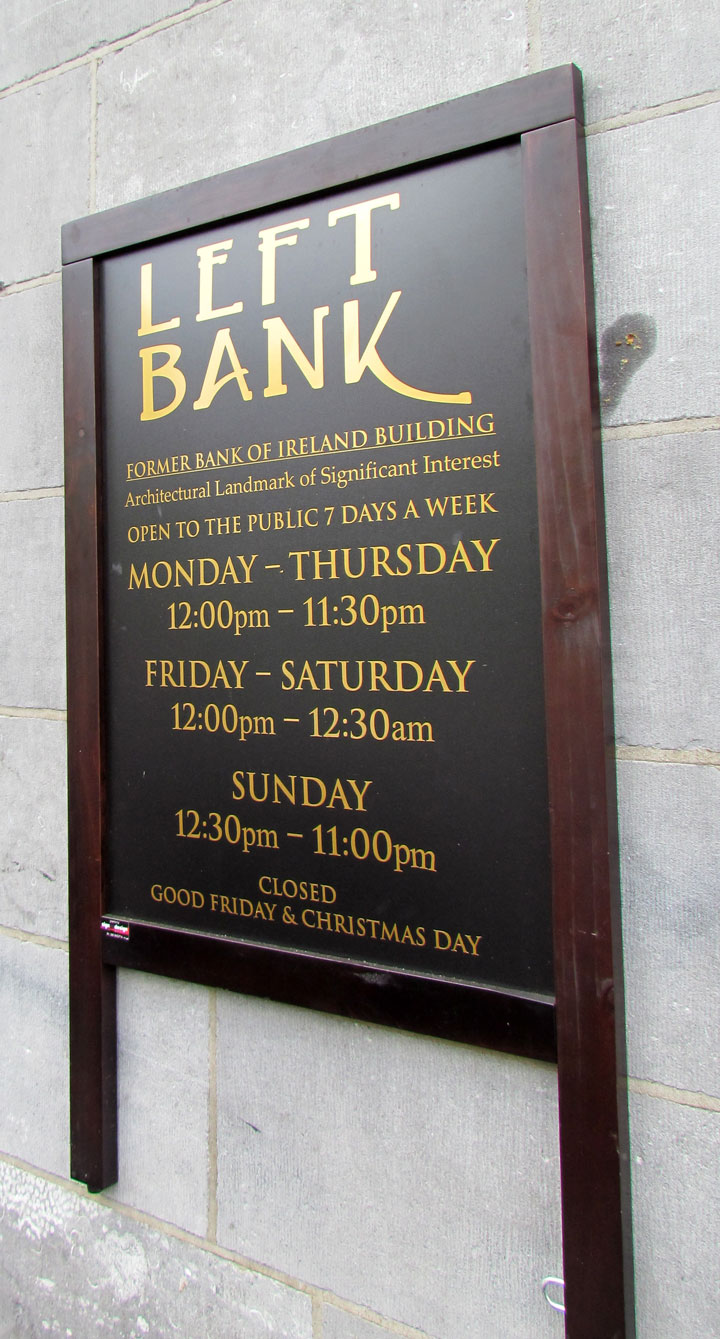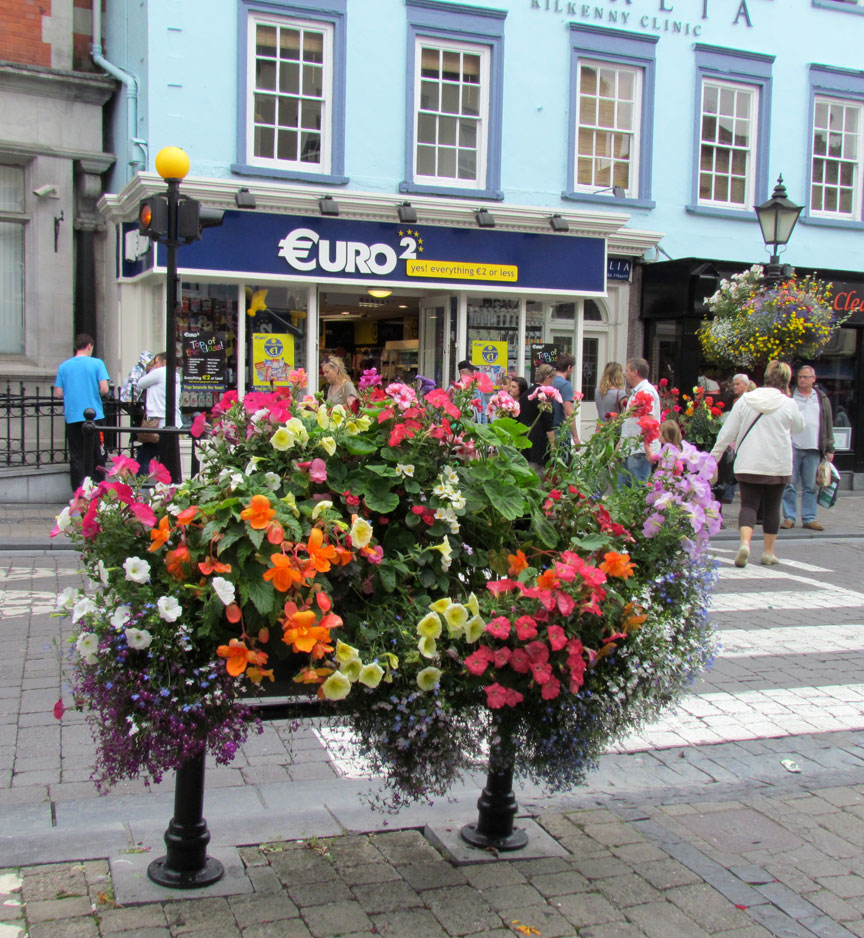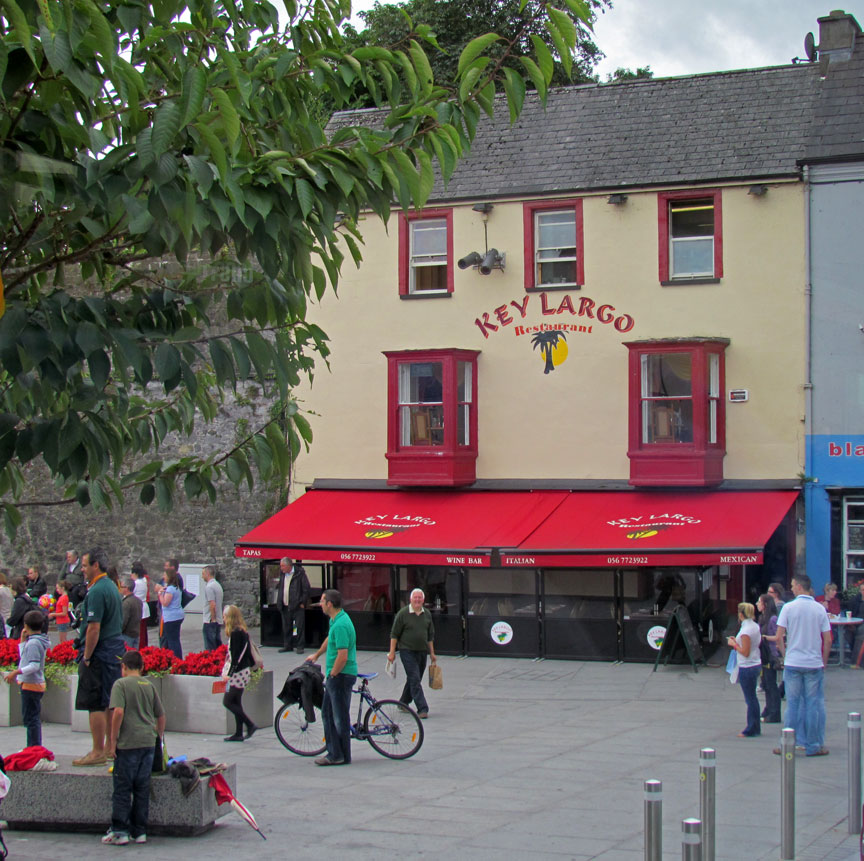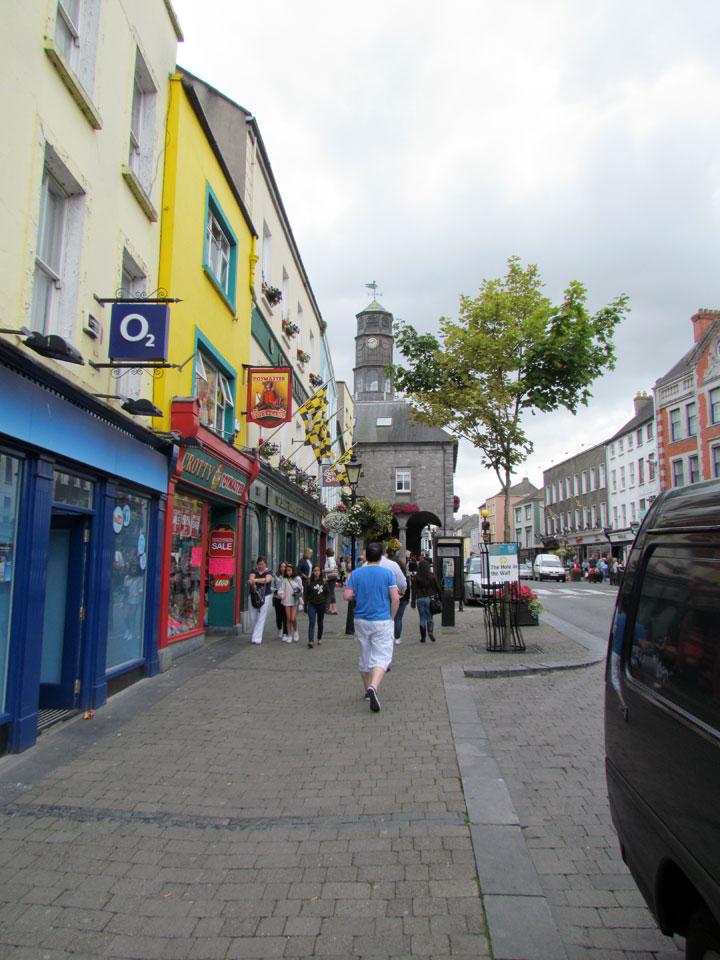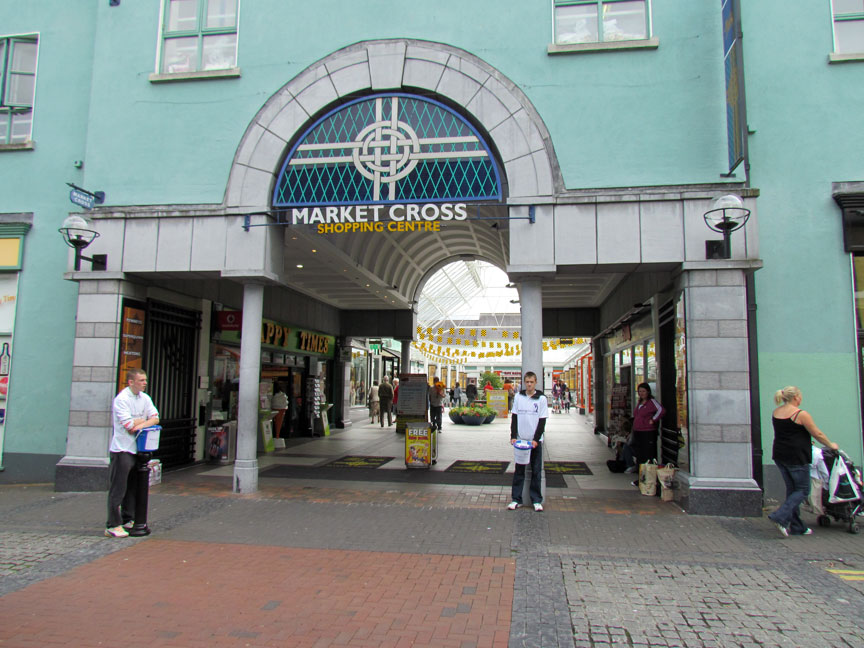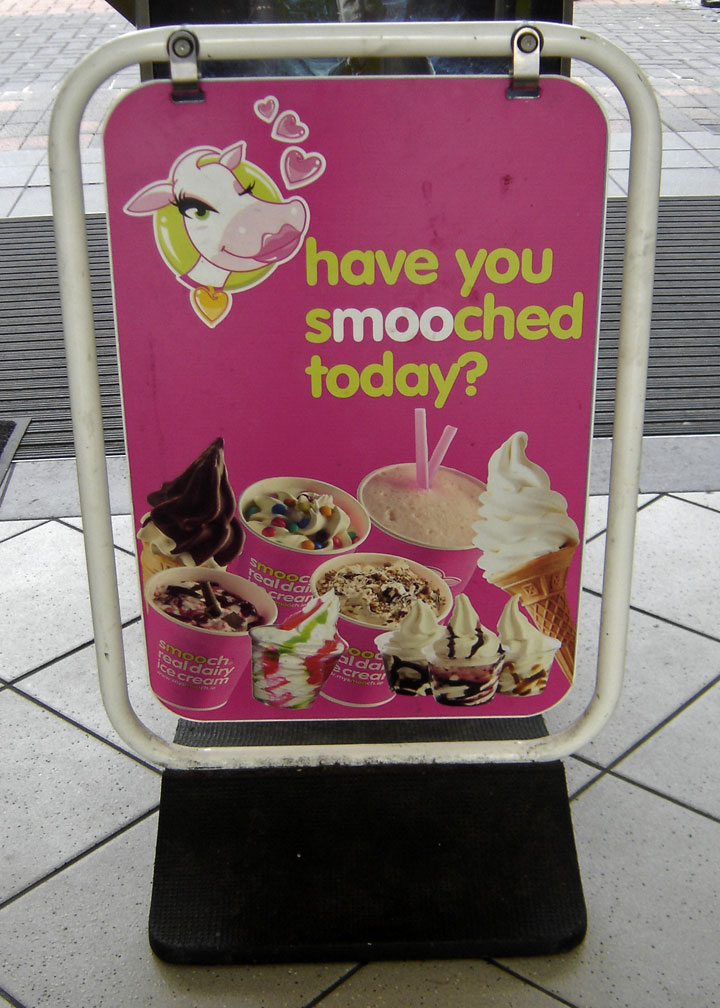

Kilkenny Castle
Photos taken in August 2011
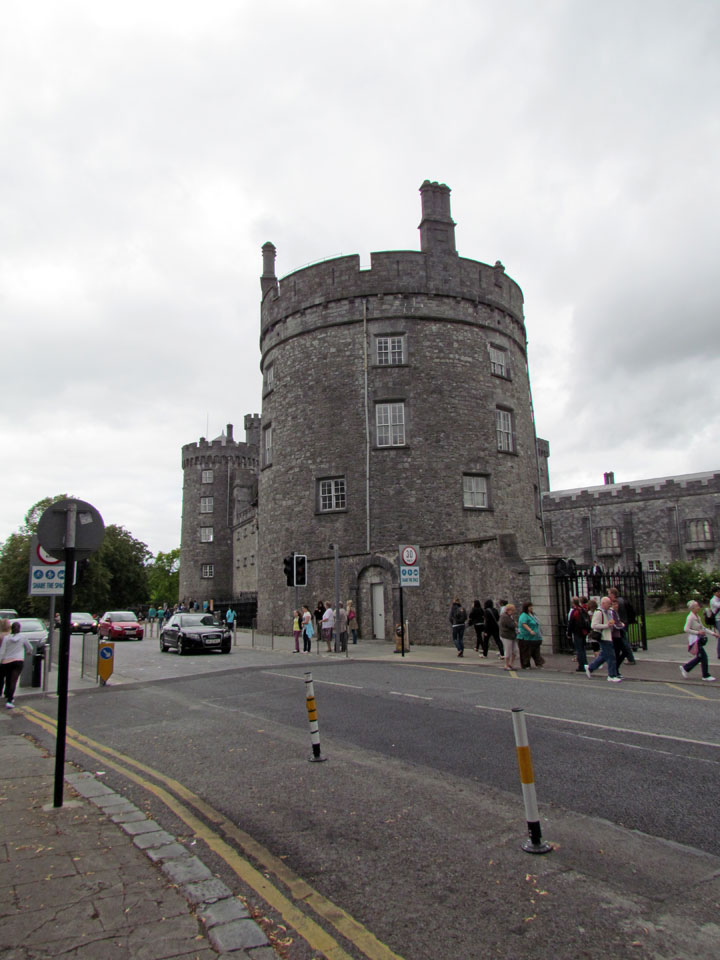
Kilkenny Castle
Kilkenny (Irish: Cill Chainnigh, meaning "cell or church of Cainnech") is a city and is the county town of the eponymous County Kilkenny in Ireland. It is situated on both banks of the River Nore in the province of Leinster, in the south-east of Ireland. The city is administered by a Borough Council and a Mayor which is a level below that of city council in the Local government of the Republic although the Local Government Act 2001 allows for "the continued use of the description city". The borough has a population of 8,661, however the majority of the population live outside the borough boundary, the 2006 Irish Census gives the total population of the Borough & Environs as 22,179.
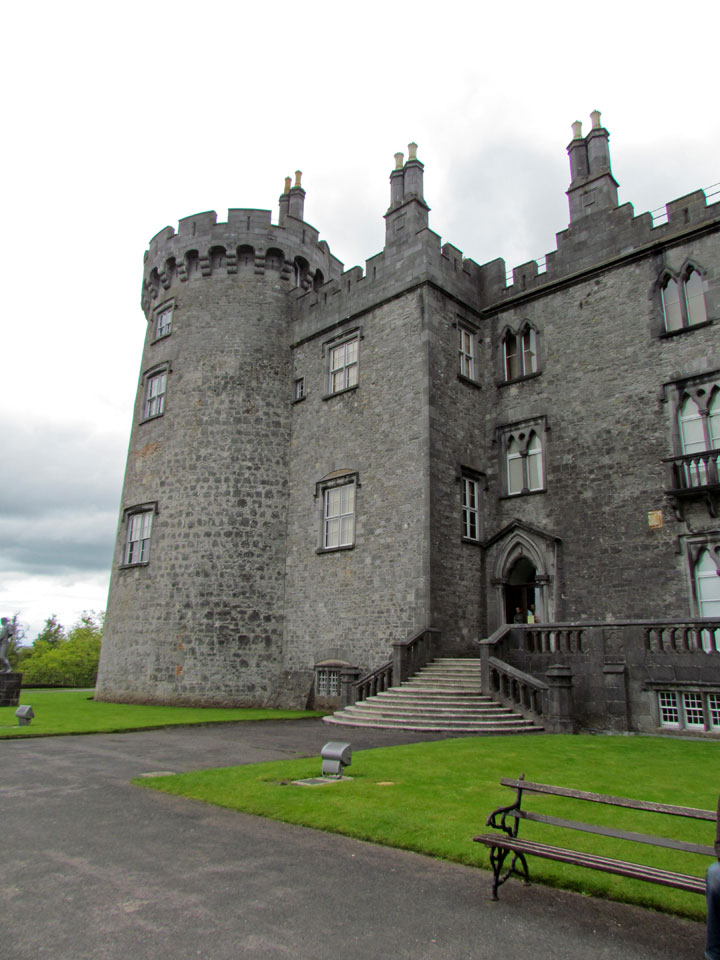
Kilkenny is a popular tourist destination in Ireland. In 2009 the City of
Kilkenny celebrated its 400th year since the granting of city status in 1609.
Kilkenny's heritage is evident in the city and environs including the historic
buildings such as Kilkenny Castle, St. Canice's Cathedral and round tower, Rothe
House, Shee Alms House, Black Abbey, St. Mary's Cathedral, Kilkenny Town Hall,
St. Francis Abbey, Grace's Castle, and St. John's Priory. Kilkenny is regarded
for its culture with craft and design workshops, the Watergate Theatre, public
gardens and museums. Annual events include Kilkenny Arts Week, the Cat Laughs
comedy festival and music at the Rhythm and Roots festival and the Source
concert. It is a popular base to explore the surrounding towns, villages and
countryside.
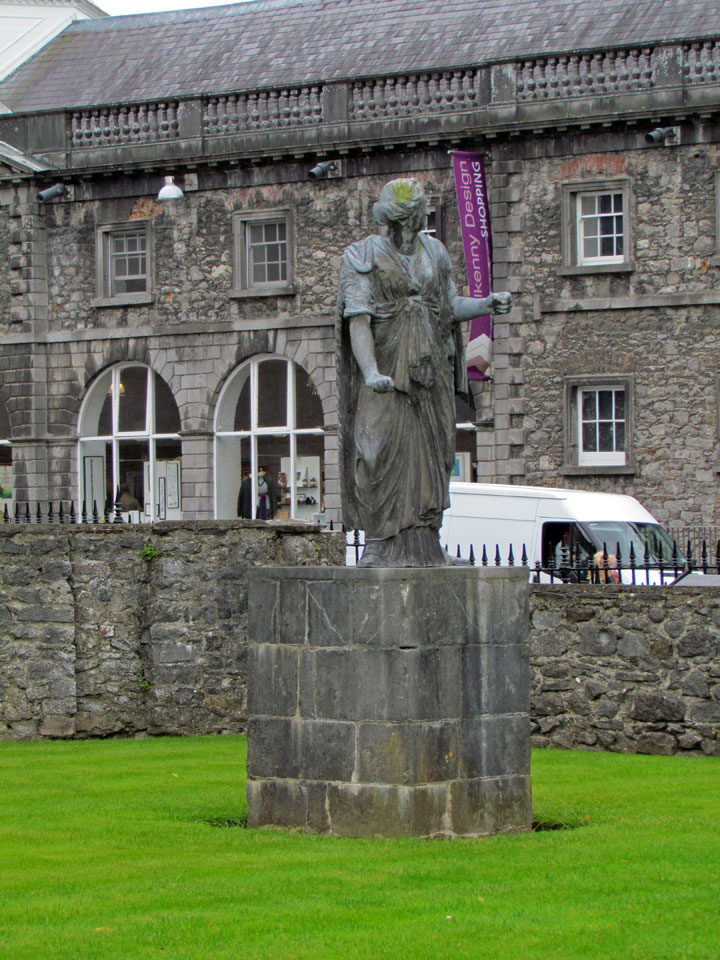
Kilkenny began with an early sixth century ecclesiastical foundation. Following
Norman invasion of Ireland, Kilkenny Castle and a series of walls were built to
protect the burghers. William Marshall, Lord of Leinster, gave Kilkenny a
charter as a town in 1207. By the late thirteenth century Kilkenny was under
Norman-Irish control. The Statutes of Kilkenny passed at Kilkenny in 1367, aimed
to curb the decline of the Hiberno-Norman Lordship of Ireland. In 1609 King
James I of England granted Kilkenny a Royal Charter giving it the status of a
city. Following the Rebellion of 1641, the Irish Catholic Confederation, also
known as the "Confederation of Kilkenny", and was based in Kilkenny and lasted
until the Cromwellian conquest of Ireland in 1649. Kilkenny was a Norman
merchant town in the Middle Ages. Kilkenny was a famous brewing centre from the
late seventeenth century. In the late twentieth century Kilkenny is a tourist
and creative center.
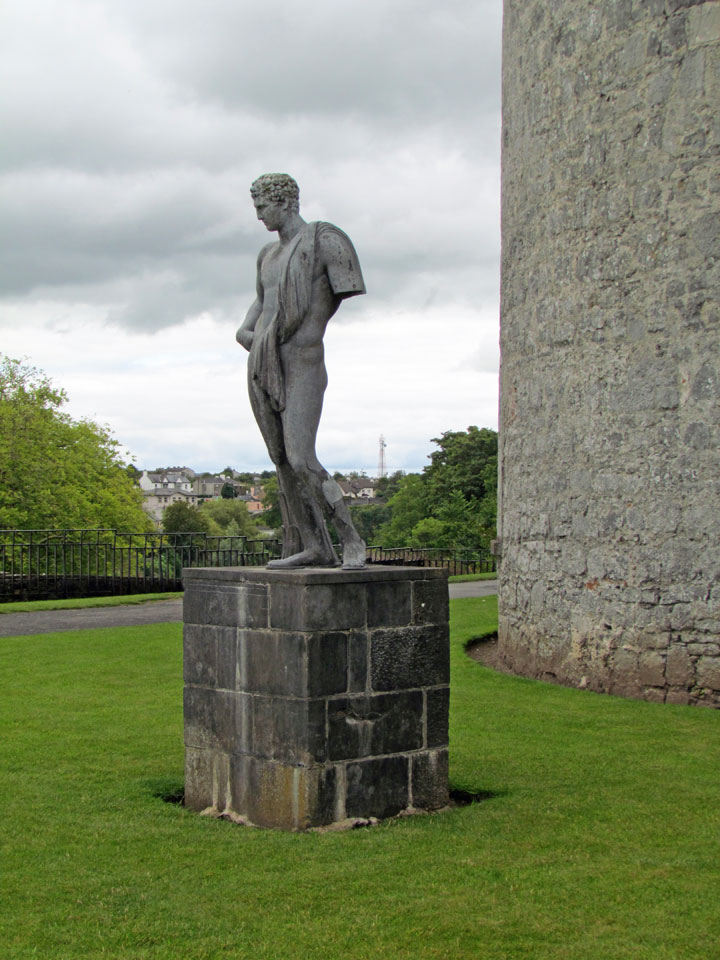
The Heritage Council offices are located at Church Lane. The seat of the Roman
Catholic Bishop of Ossory is at St. Mary's Cathedral and the Church of Ireland
Bishop of Cashel and Ossory is at St. Canice's Cathedral. Nearby larger cities
include Waterford 45 kilometres (28 mi) south-southeast, Limerick 93 kilometres
(58 mi) west and Dublin 101 kilometres (63 mi) northeast.
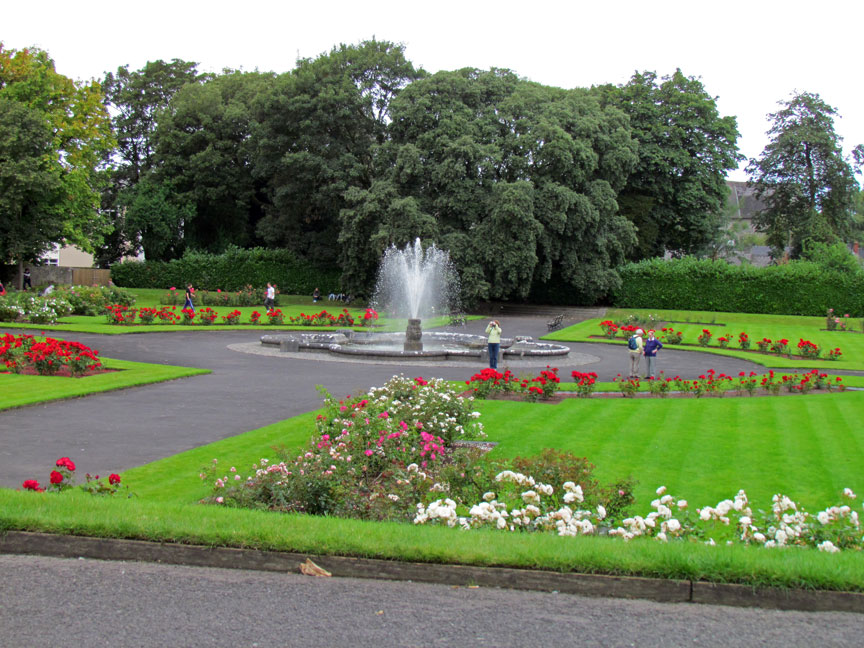
Castle gardens
Kilkenny Castle in Kilkenny city was
the seat of the Butler family. Formerly the family name was FitzWalter. The
castle was sold to the local Castle Restoration Committee in the middle of the
20th century for £50. Shortly afterwards it was handed over to the State, and
has since been refurbished and is open to visitors. Part of the National Art
Gallery is on display in the castle. There are ornamental gardens on the city
side of the castle, and extensive land and gardens to the front. It has become
one of the most visited tourist sites in Ireland.
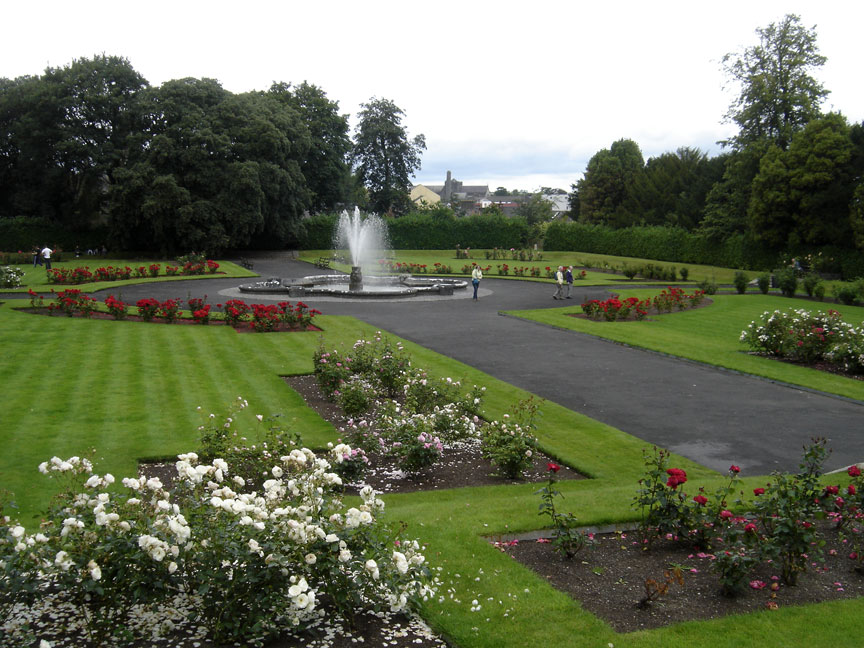
The first stone castle was begun in 1204 by William Marshall the site was
completed in 1213; it was a symbol of Norman occupation and in its original
thirteenth-century condition it would have formed an important element of the
defenses of the town. There were four large circular corner towers and a massive
ditch, part of which can still be seen today on the Parade. This was a
square-shaped castle with towers at each corner; three of these original four
towers survive to this day.
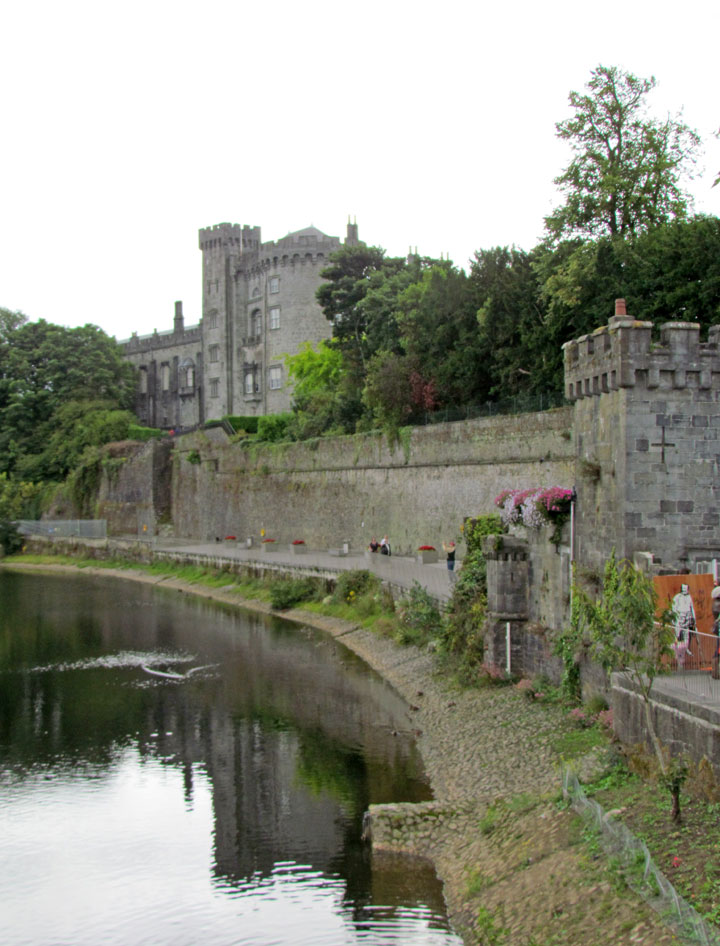
Kilkenny Walls protected the medieval town of Kilkenny. The town was surrounded
by walls with regular towers and gates. Remnants of the Town Walls survive such
as Talbot Tower (1207), which is also known as Talbot's Bastion or Castle. It is
the larger of the two surviving towers of the defences of the medieval High town
of Kilkenny. There are walls on Abbey Street and the adjoining Black Freren Gate
is the only surviving gate/access remaining on the High town Circuit into the
old city. A wall also runs through the brewery's grounds beside St. Francis
Abbey.
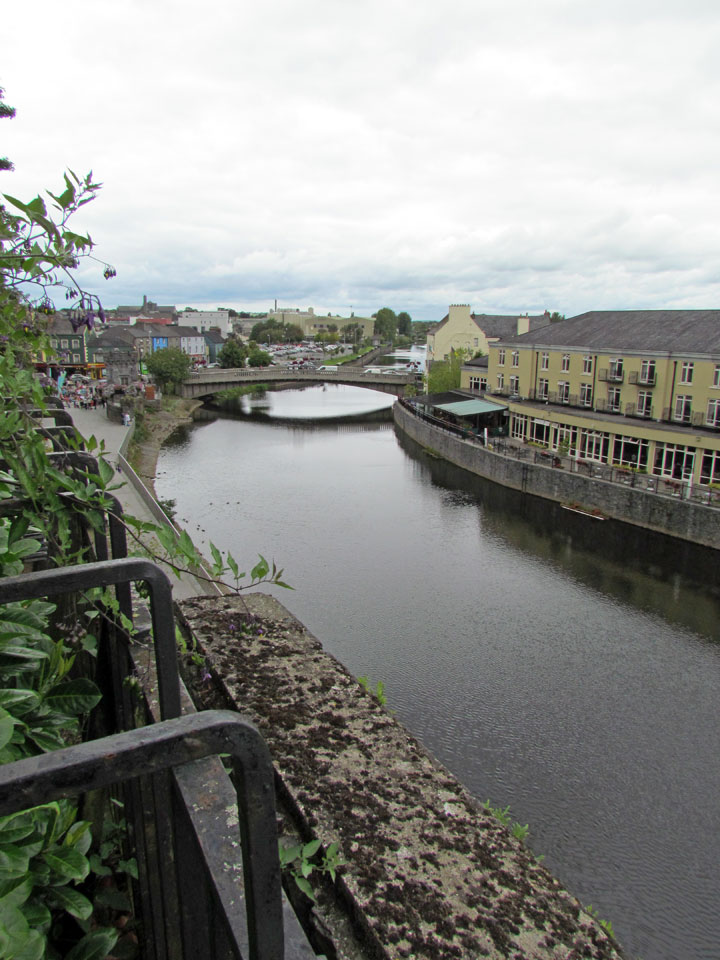
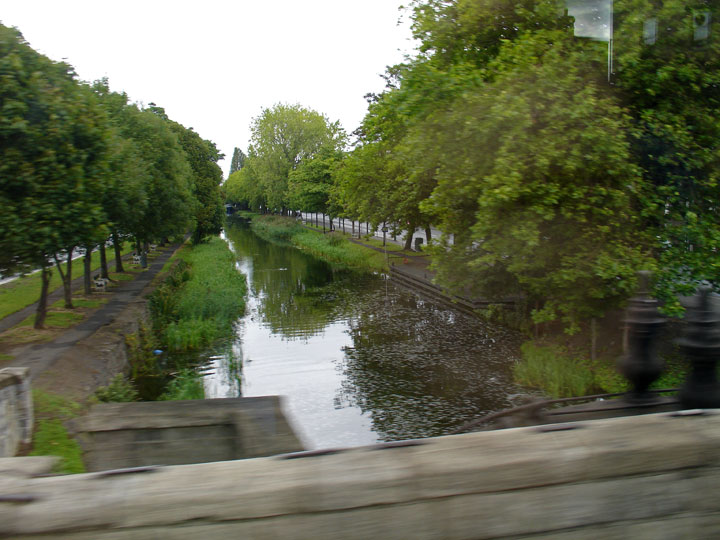


The Kilkenny City Walls Conservation Plan is a plan by the inhabitants of
Kilkenny, Kilkenny Borough Council, the Department of Environment, Heritage and
Local Government, An Taisce, The Kilkenny Archaeological Society and The
Heritage Council to ensure the long-term survival of their city’s unique walls.

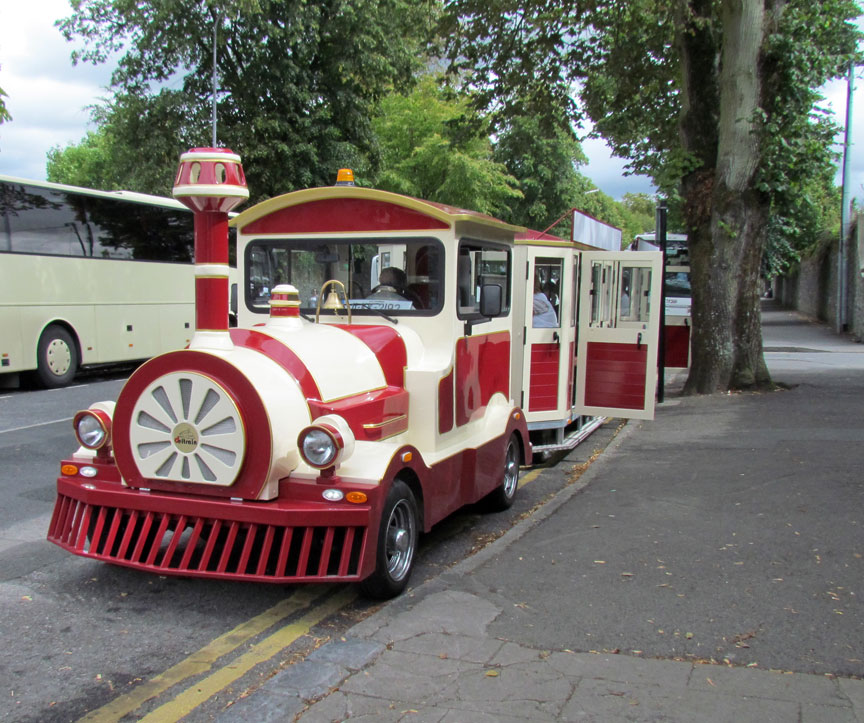

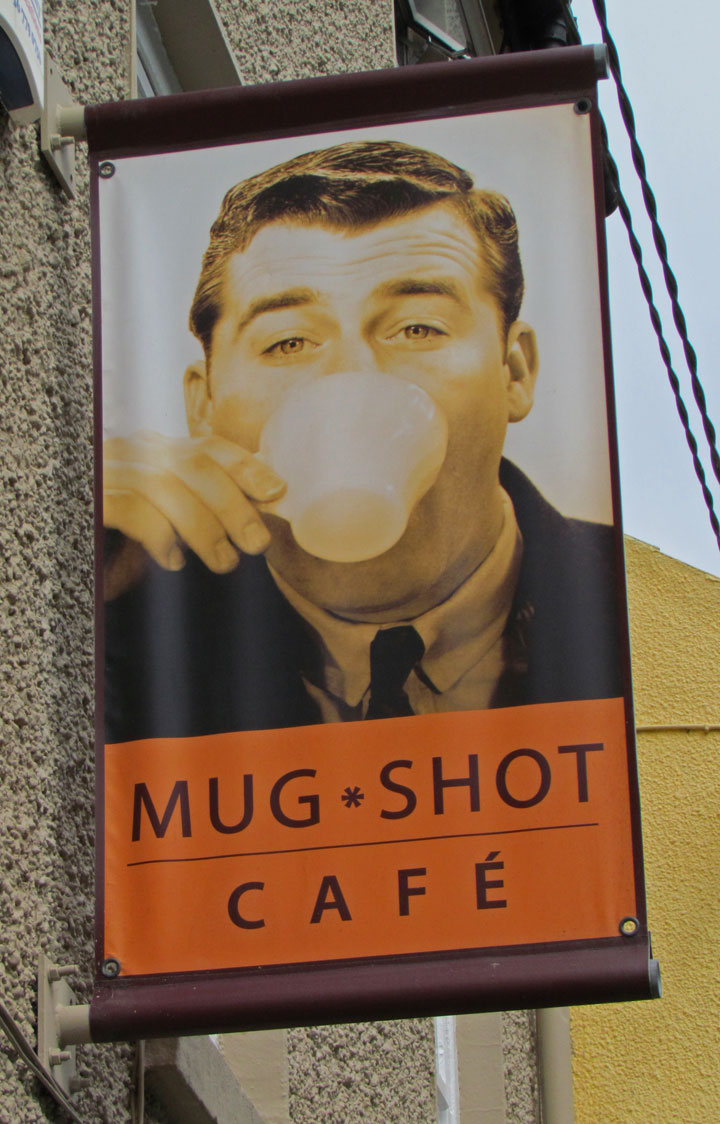
St Canice's Cathedral, also known as Kilkenny Cathedral, present building dates
from the 13th century and is the second longest cathedral in Ireland. The
Cathedral is named after Saint Canice, who also gave his name to the city.

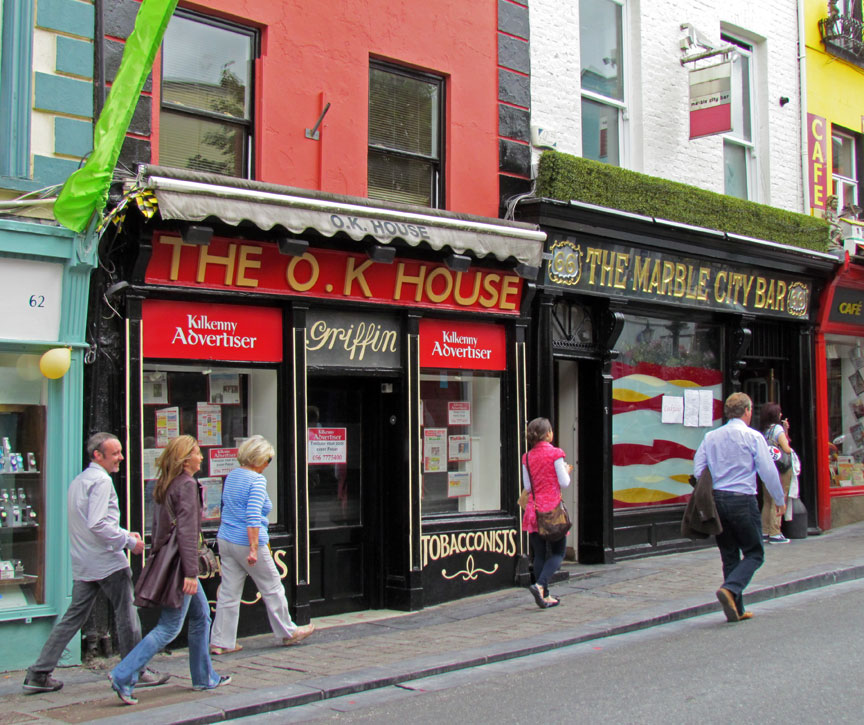
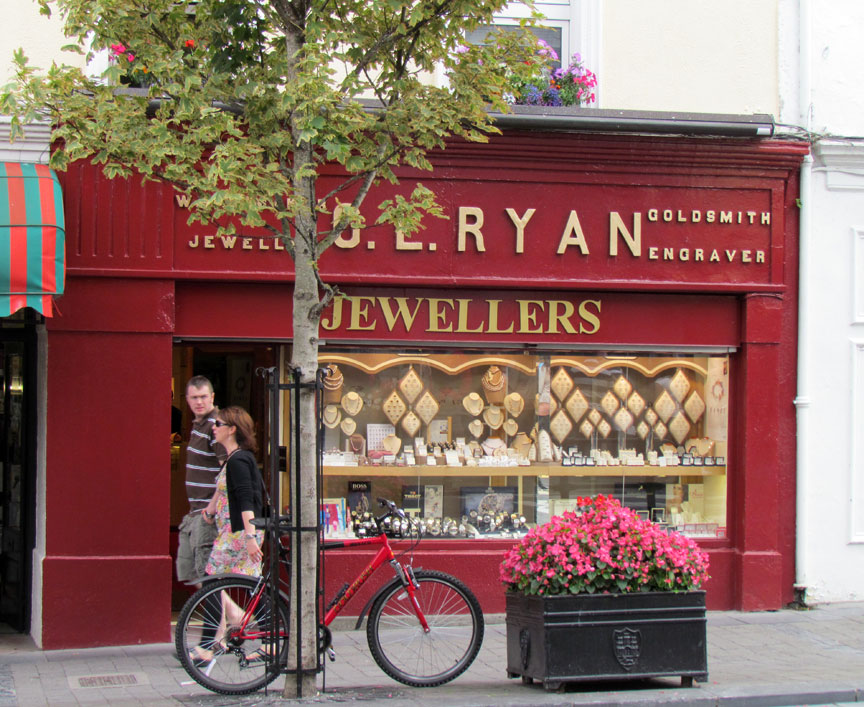
Cruciform, the cathedral was built in the Early English, or English Gothic,
style of architecture, of limestone, with a low central tower supported on black
marble columns. The exterior walls, apart from the gables, are embattled, and
there are two small spires at the west end. The cathedral is seventy-five yards
long, and its width along the transepts is forty-one yards.
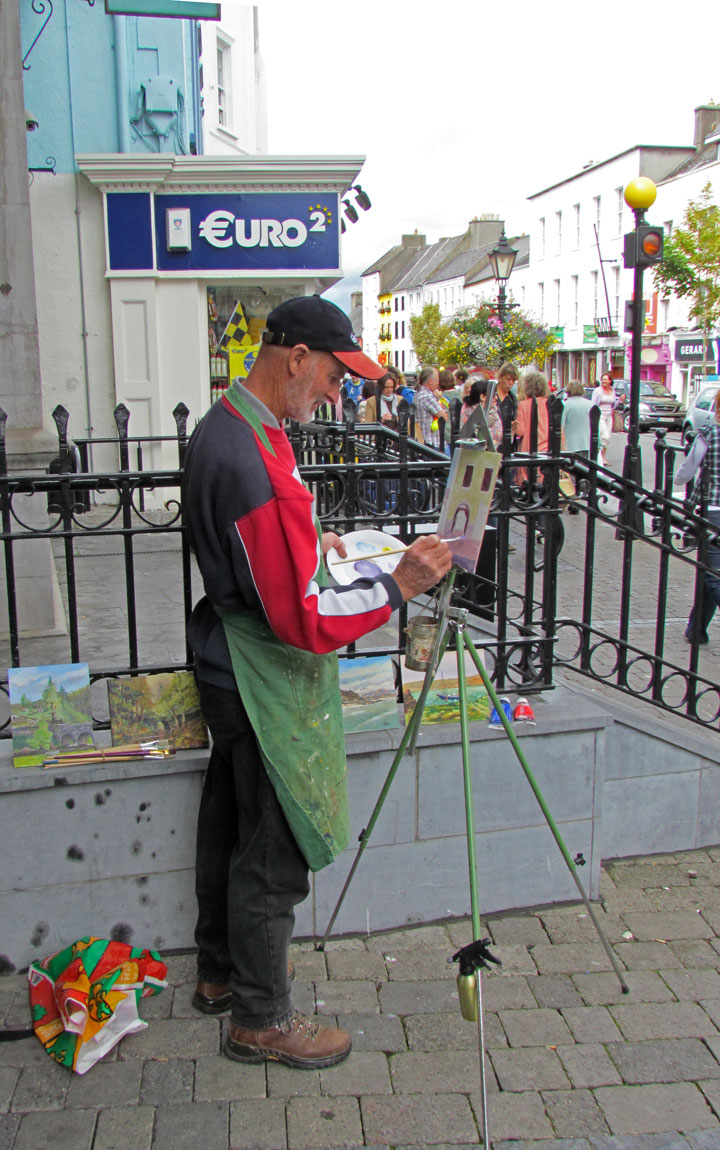

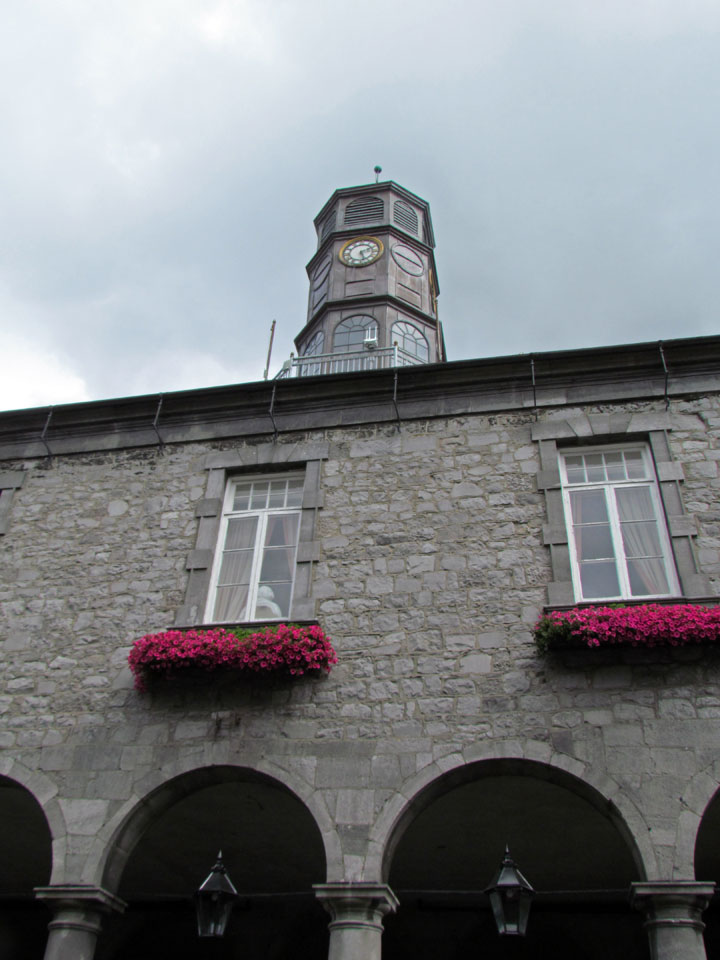
Beside the cathedral stands a 100 ft 9th century round tower. St. Canice's tower
an excellent example of a well-preserved early Christian (9th century) Round
Tower. Accessible only by a steep set of internal ladders, it may once have been
both a watchtower and a refuge, and the summit gives a good view of Kilkenny and
the countryside around. The hill on which the cathedral stands is believed to be
the centre of the first major settlement at Kilkenny, and the round tower
suggests an early ecclesiastical foundation.
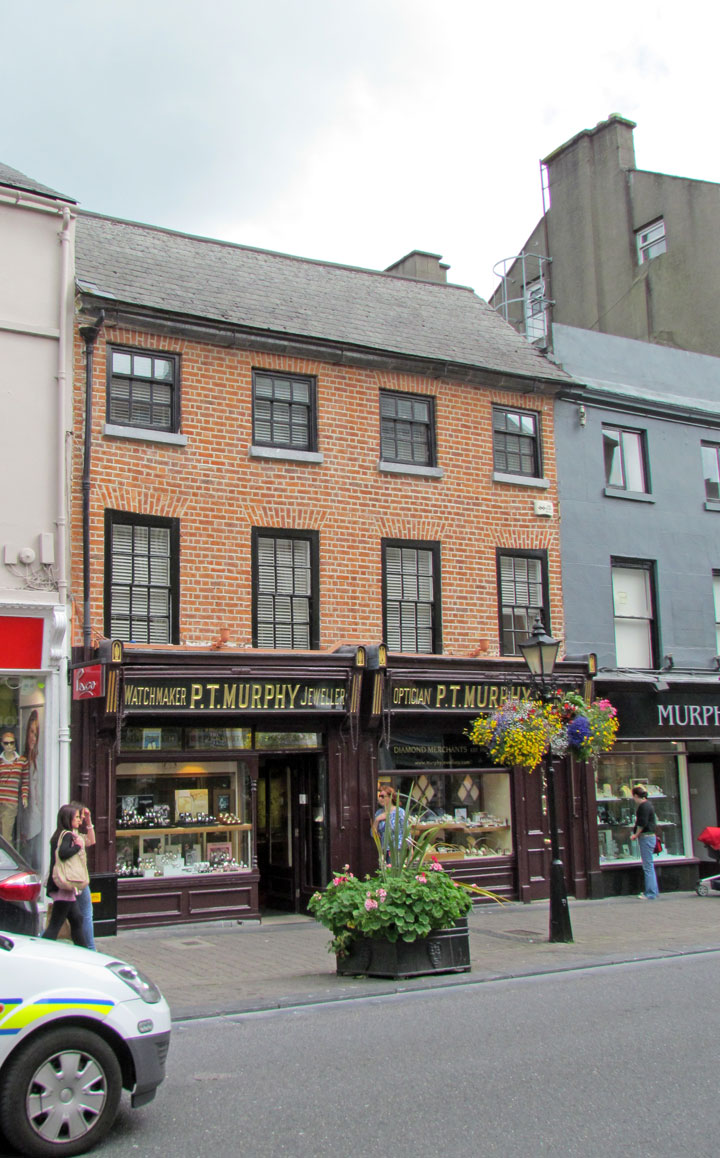
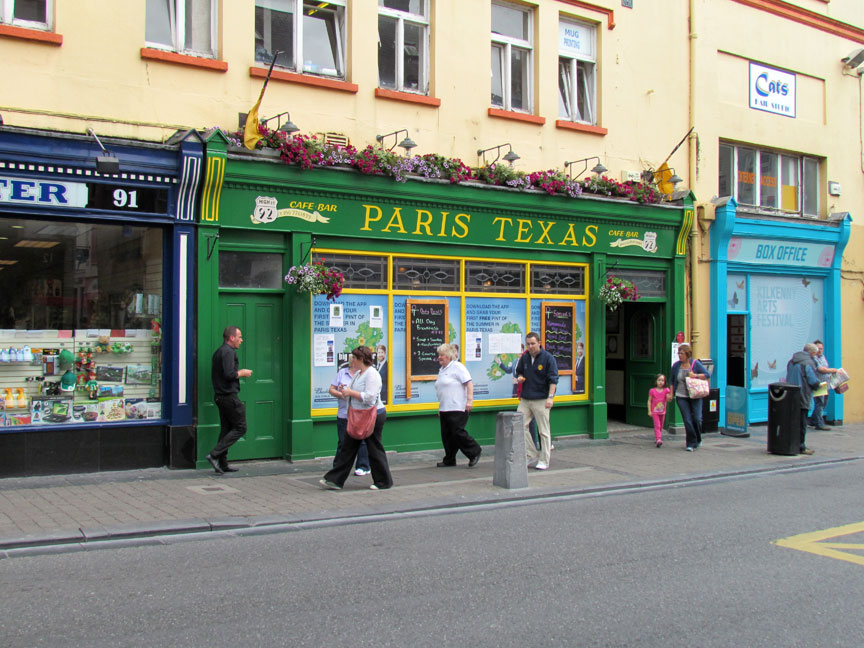
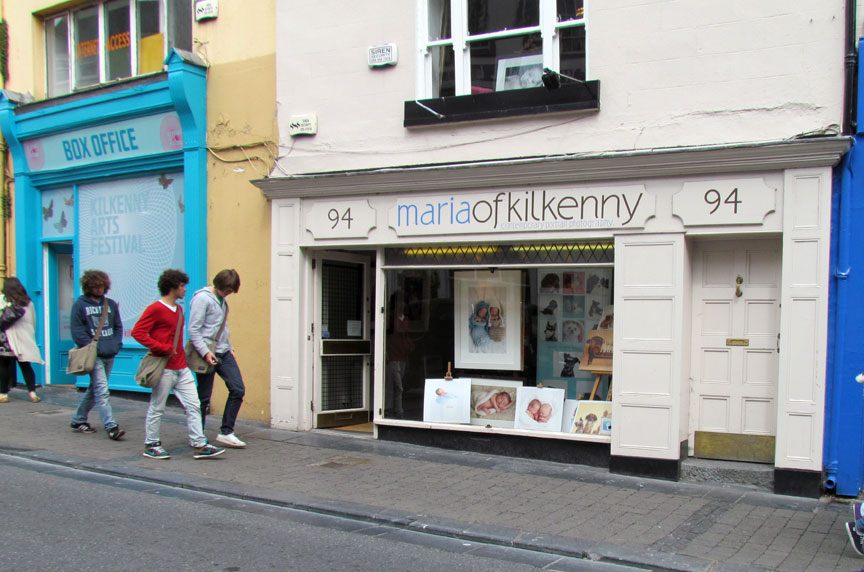
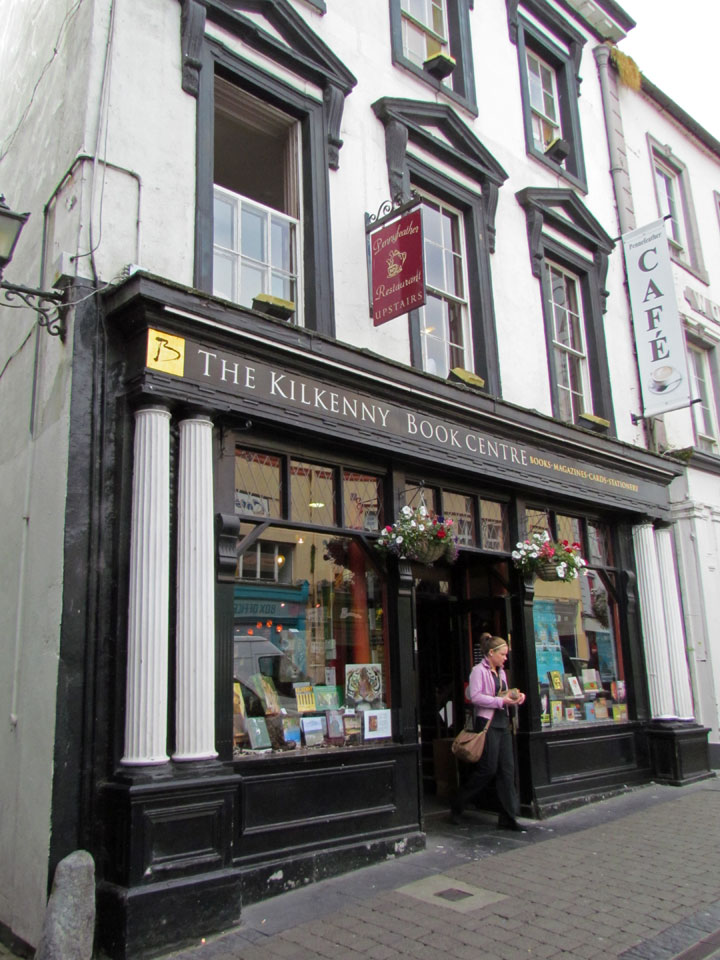
Dominican Black Abbey was founded in 1225, and lying just off Parliament Street.
Text from Wikipedia
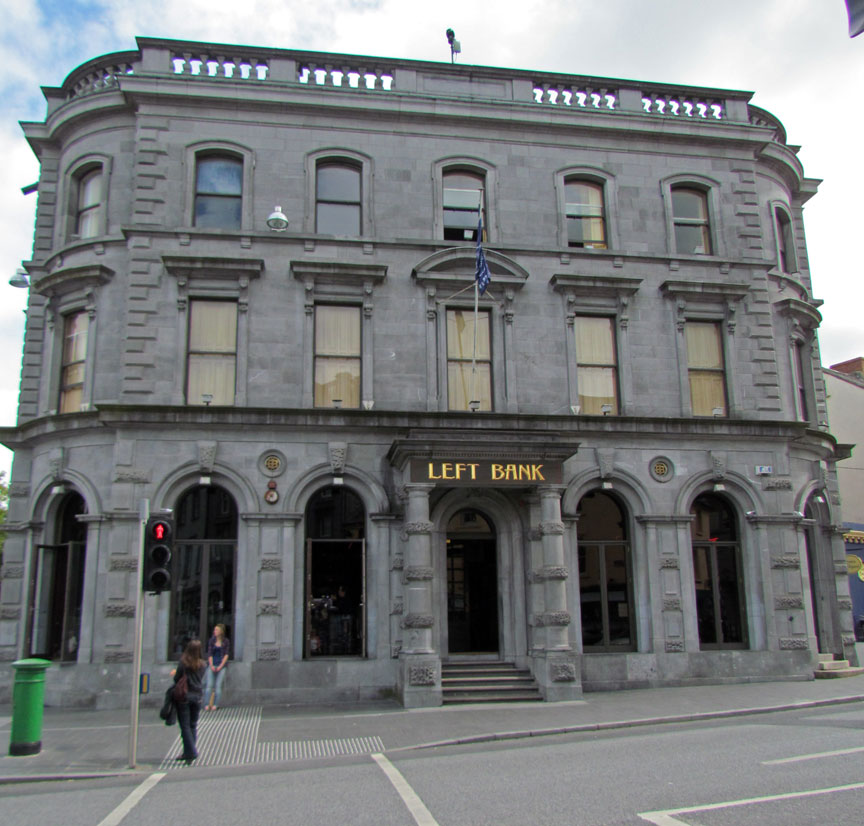
Left Bank, a bar
